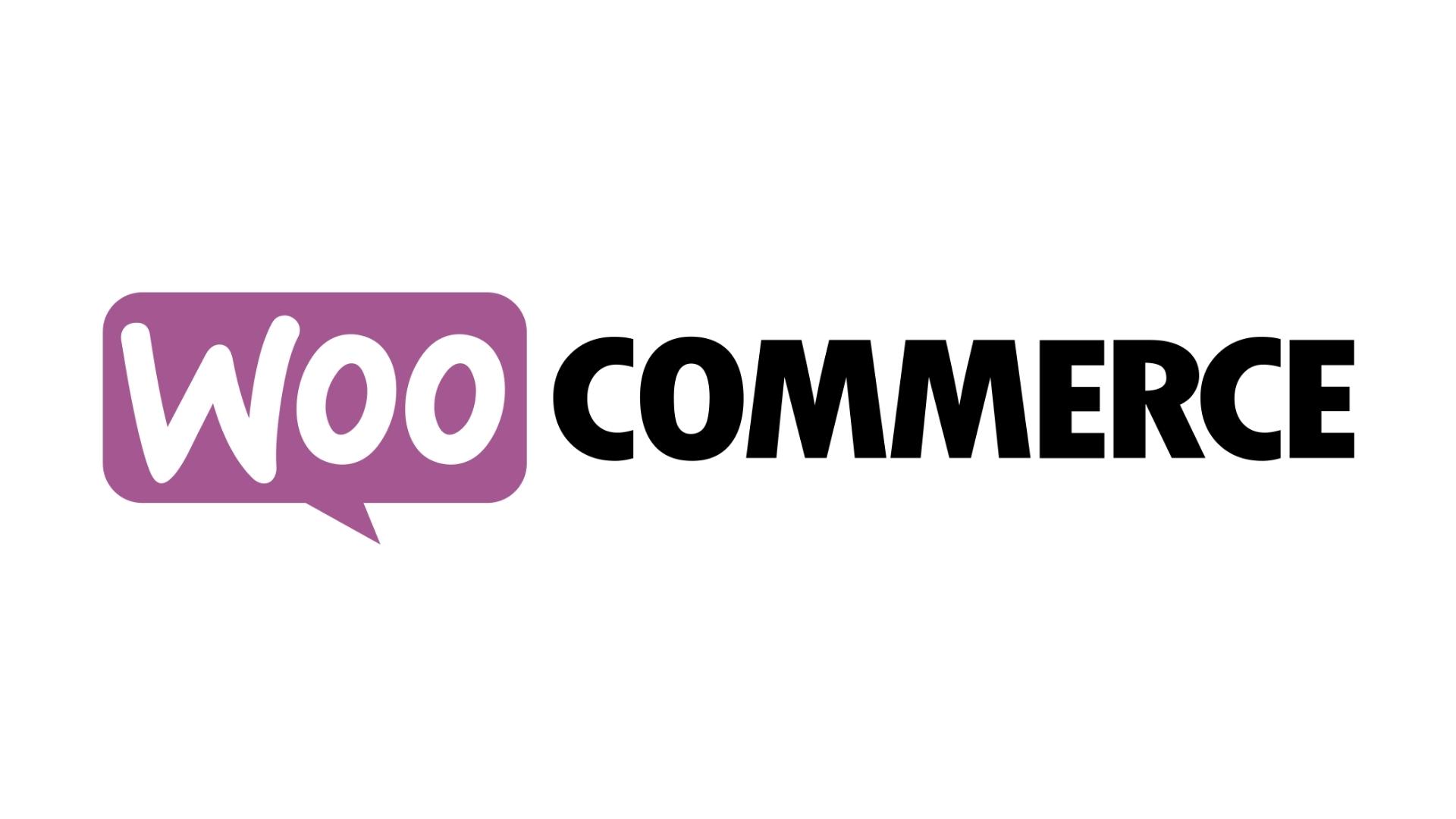Tom's Guide Verdict
WooCommerce is the most popular WordPress store builder plugin, and it boasts loads of advanced management and design tools.
Pros
- +
Super flexible with great design flexibility
- +
Simple for beginners to get started with
- +
Loads of extensions to add functionality
Cons
- -
Can only be used with WordPress
- -
Some technical know-how required for advanced actions
Why you can trust Tom's Guide
WooCommerce is clearly one of the best website builders for WordPress-based online stores. In our WooCommerce review, we show you just how easy it is to use this plugin to create and manage your store.
WooCommerce review: Snapshot
Even a cursory glance at WooCommerce and its online selling tools shows that it’s right up there with the best ecommerce website builders on the market. And our in-depth analysis of the platform didn’t disappoint either.
WooCommerce boasts virtually everything you could need to create and manage a new online store. There’s an excellent extensions marketplace, and you can create any type of store required. On the downside, it’s a little more difficult to use than more beginner-friendly alternatives such as Shopify or Squarespace.
However, WooCommerce offers considerably more design flexibility and better ecommerce tools than virtually any competitors we’re aware of. Overall, it’s an excellent option for those with slightly more technical knowledge who want to create a highly customized online store.
Score: 4.5/5
Read on for our full and detailed review.
WooCommerce’s competitors
| Header Cell - Column 0 | WooCommerce | Shopify | Squarespace |
|---|---|---|---|
| Score | 4.5/5 | 4/5 | 4/5 |
| Pros | - Super versatile with great design flexibility - Simple for beginners to get started with - Loads of extensions to add functionality | - Beginner friendly and easy to use - Thousands of apps available - Excellent analytics and reporting tools | - Very attractive online store templates - Advanced blogging and content management tools - Streamlined marketing integrations |
| Cons | - Can only be used with WordPress - Some technical know-how is required for advanced actions | - Limited design flexibility without code knowledge - Very expensive compared to some alternatives | - Editor can be a little confusing - Phone support is notably absent |
| Verdict | WooCommerce is the most popular WordPress store builder plugin, and it boasts loads of advanced management and design tools. | Shopify is a beginner-friendly ecommerce builder packed full of advanced selling tools and backed by advanced analytics and reporting. | Squarespace is a popular website builder also offering advanced ecommerce solutions for those with little technical experience. |
| View deals | Visit site | Visit site | Visit site |
WooCommerce: Key features
WooCommerce boasts loads of excellent features designed to help you create and manage your online store. You will find virtually any ecommerce tools that you can imagine—including everything from inventory and order management tools to gift card functionality and flexible product layouts—and you can add custom code if extra functionality is required.
Get instant access to breaking news, the hottest reviews, great deals and helpful tips.
Another way to add extra functionality is via the WooCommerce Extensions Store. Here, you will find almost 750 extensions, covering everything from advanced analytics to tax compliance and payment acceptance.
Many of these add-ons cost a small one-time fee, but there are plenty of free options too. For example, a quick look at marketing extensions shows 83 different options, including some from WooCommerce and some from third-party developers.
You will also benefit from the ability to accept payments through a vast number of third-party gateways. Popular options such as Stripe and PayPal are available and very easy to set up, but we’d recommend exploring your options to ensure you get the best deal.
WooCommerce: Key features and highlights
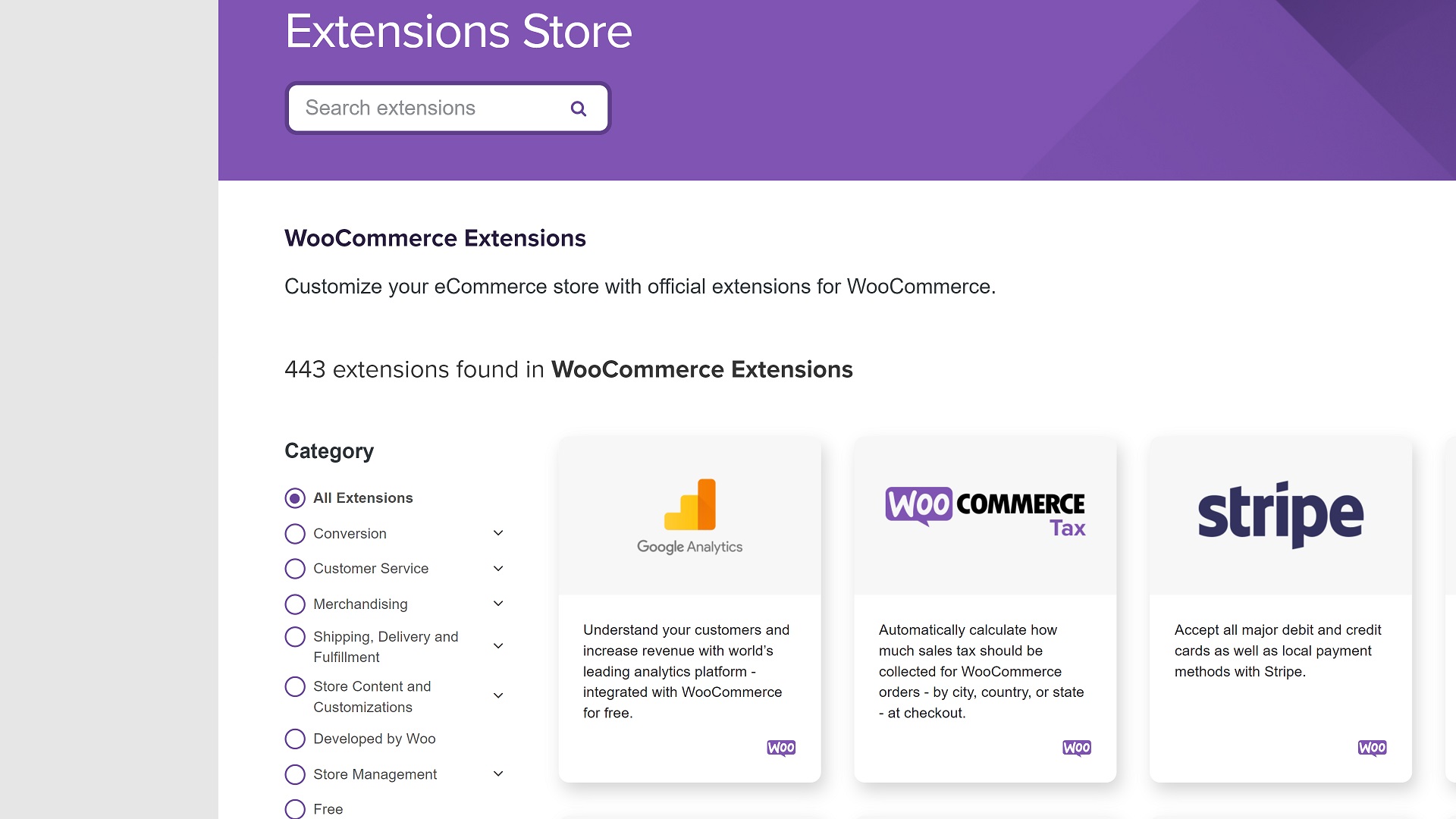
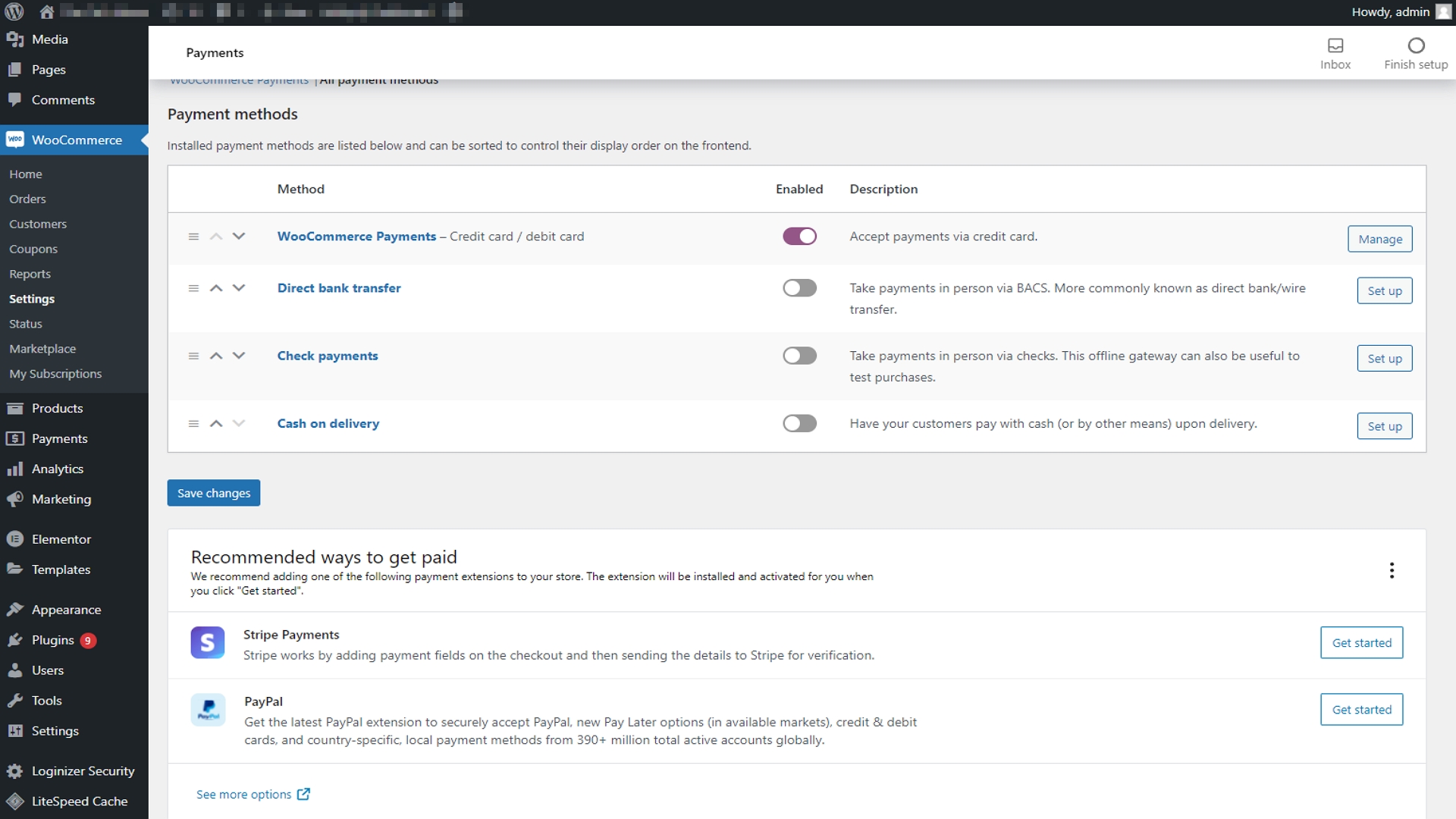
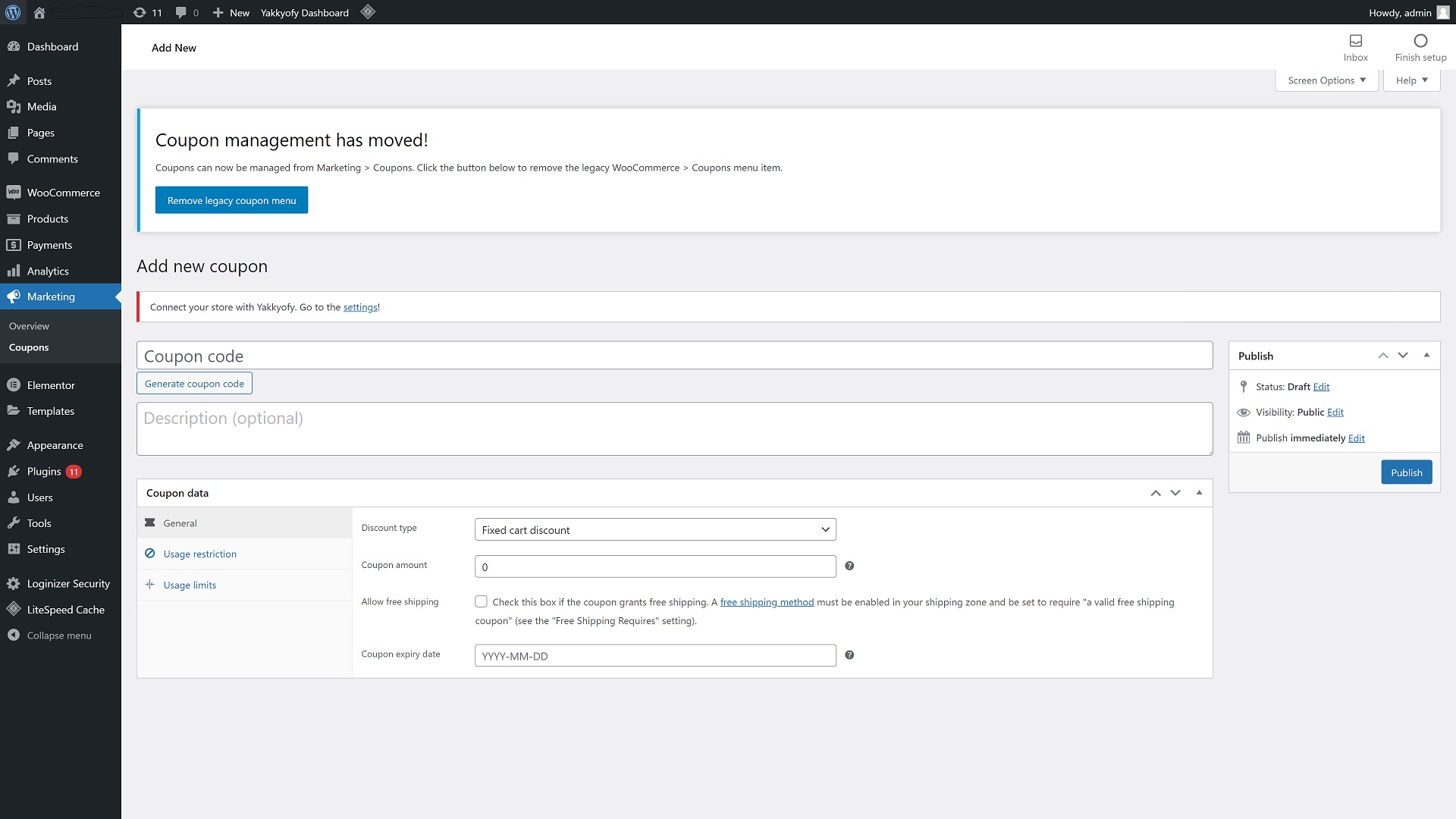


WooCommerce also makes coupon creation and management super easy. Under the Marketing tab on your WordPress dashboard, you can find a coupon tab that enables you to create personalized and generic coupons. These include store credits, smart coupons, and URL coupons that are automatically applied to an order.
The mobile app also makes general management extremely straightforward. It’s available for both Android and iOS devices, and it comes with a suite of excellent tools. These enable you to fulfill orders, track key metrics, edit products, manage your inventory, and more—all from the comfort of your smartphone or tablet.
Finally, advanced users will love the fact that WooCommerce is an open-source program. Basically, this means that you will have full access to the code for your store and the software infrastructure behind it. You can edit this code if you need to, enabling you to add custom functionality where and as required.
WooCommerce: What’s new in 2022?
A new version of WooCommerce is released approximately once a month. These usually contain small security and functionality updates, but larger changes are introduced from time to time.
The most recent update, WooCommerce 6.1, included small design updates to WooCommerce Blocks, along with management updates to the WooCommerce Admin plugin and the ActionScheduler performance optimization software.
The 6.0 version included, among other things, updates to product attribute filtering, making it available for all merchants. The most important thing to understand here is that the WooCommerce team is very active behind the scenes. You can expect regular updates moving forward.
WooCommerce: Pricing
The standard WooCommerce plugin is free, forever. It can be installed from the WordPress plugin library, and you won’t ever have to pay a cent for its use. However, you will have to pay small transaction fees when you start making sales.
On top of this, there are loads of WooCommerce plugins that you can install to add functionality to your store. Some of these are free, but the majority will cost you somewhere between $50 and $250 for a lifetime license.
You should also keep the costs of setting up a WordPress website in mind. While WordPress itself is also free, you will have to pay for things like hosting and a domain name. If you’re an absolute beginner, you may need to budget for developer fees.
| Plan type/feature | WooCommerce | Shopify | Squarespace |
|---|---|---|---|
| Cost per month | Free | $29 | $16 |
| Cost per year | Free | $348 | $144 (Save 25%) |
| Code editing | ✔ | ✔ (limited) | ✖ |
| Mobile app | ✔ | ✔ | ✔ |
| Plugins/extensions | ✔ (thousands) | ✔ (thousands) | ✔ (28) |
| Full store and data ownership | ✔ | ✖ | ✖ |
Testing WooCommerce
Viable ecommerce stores should be relatively straightforward to set up, manage, and add products to. We created our own basic WooCommerce store to see how it performed on these fronts.
How easy is it to create a store with WooCommerce?
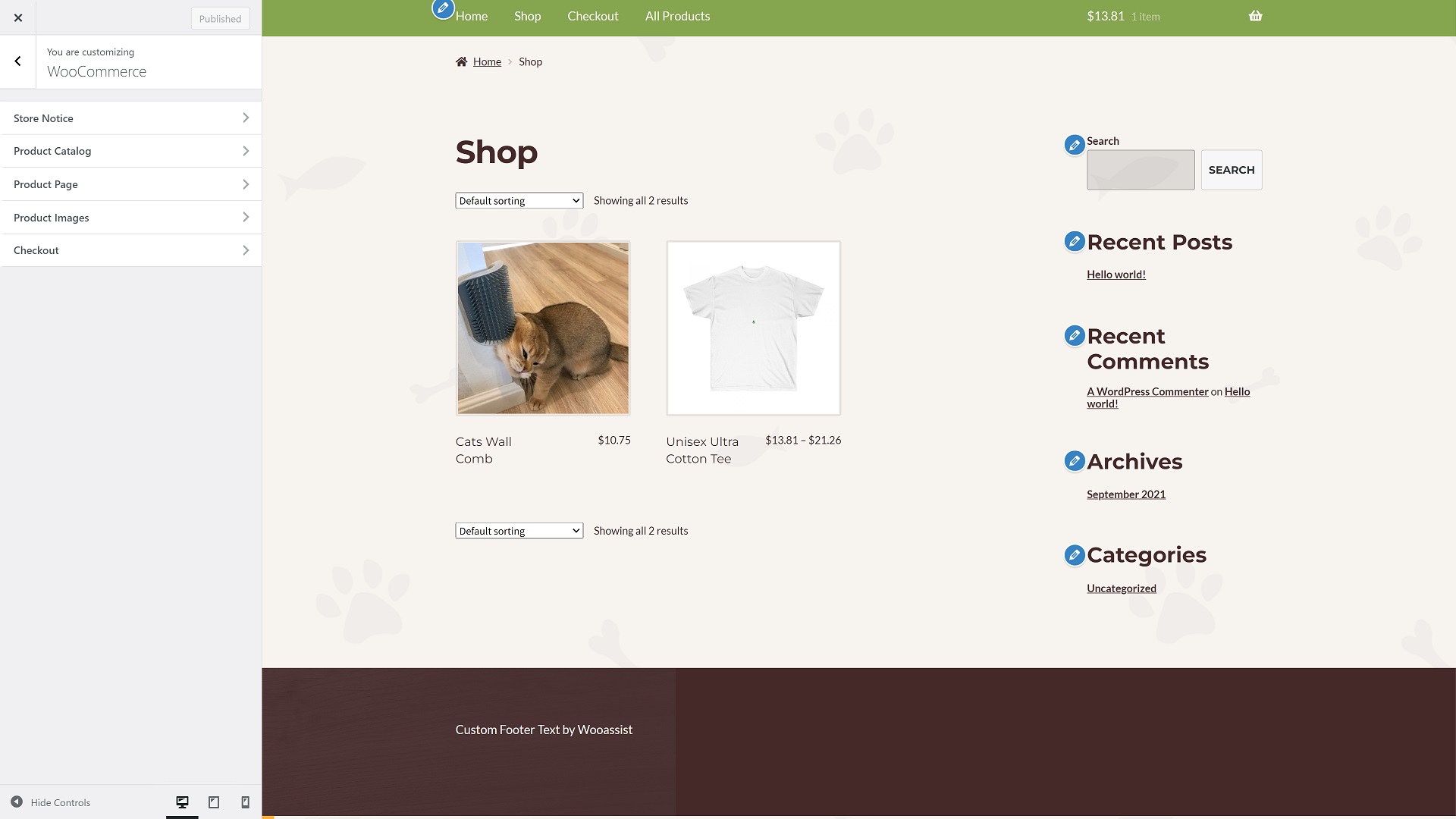
Creating a new ecommerce store with WooCommerce is a little more involved than with platforms like Shopify. For starters, you will have to sign up for a web hosting account—enabling you to store your site’s data and files—and purchase a domain name.
Install WordPress.org on your hosting server, and then you will be ready to start your store. To do this, you will need to head to the WordPress plugin library and install the WooCommerce plugin. It’s free, and installation shouldn’t take more than a couple of minutes—it took less than 30 seconds for us.
We particularly liked the built-in setup guide, which outlines the basic steps involved with getting your store off the ground. This will be particularly useful for newbies with limited WordPress experience.
While editing our test store, we found that design flexibility is somewhat constrained by the WordPress theme you use. WooCommerce adds extra functionality, enabling you to add products to pages and configure page layouts. But your global design will be dictated by your theme.
Overall, though, you shouldn’t have too much trouble creating a store with WooCommerce. It may take some time, but the general process is straightforward.
How easy is it to add products to your WooCommerce store?

If you plan on creating a decent-sized store with a number of products, it should be easy to add and manage listings. We tested WooCommerce’s product management tools, and we weren’t disappointed.
When you head to your WordPress dashboard, you will find a Products tab. You can add new products in various ways. The easiest way to do this is to hit the "Add New" button and manually fill in the relevant information. Bulk CSV file uploads are possible, and you can even integrate a dropshipping plugin for automatic product addition.
Alternatives to WooCommerce
WooCommerce is, without a doubt, the most popular WordPress online store plugin. But it’s certainly not the only option for creating online stores.
Shopify is another major competitor, and it targets those entering the industry for the first time. Its management dashboard is excellent, and there are loads of tools for those of all skill levels. As with WooCommerce, Shopify provides access to thousands of templates and plugins that you can use to extend the functionality of your store.
Meanwhile, the all-in-one Squarespace website builder offers a highly functional editor that’s great for designing personalized stores. It’s a little confusing to get the hang of, but you shouldn’t have too many problems. However, Squarespace only has around 60 templates and 28 extensions.
On the support front, WooCommerce has live chat, but it’s sporadic and not always available. Squarespace offers similar services, but its live chat is only available during business hours. Shopify’s support, on the other hand, is great, with friendly email, phone, and live chat options.
WooCommerce is the cheapest option among competitors, as it’s completely free. Shopify starts at $29 a month, and high-end plans range into the hundreds or even thousands per month. Squarespace is slightly cheaper, but its most expensive plans will still make a dent in your budget.
| Header Cell - Column 0 | WooCommerce | Shopify | Squarespace |
|---|---|---|---|
| Themes | Thousands | 81 through Shopify, thousands through third-party marketplaces | ~60 |
| Plugins/extensions | Thousands | Thousands | 28 |
| Code access | Full access | Limited access | No |
| Support | Live chat, email | Live chat, phone, email | Business-hours live chat, email |
| Basic plan | Free forever | $29 a month | $16 a month |
WooCommerce: Final verdict
All things considered, WooCommerce is clearly one of the world’s best ecommerce website builders. It’s a little more difficult to use than some alternatives, and it can only be used in combination with the WordPress.org CMS. But there’s little else not to like.
For one, the base WooCommerce program is absolutely free, forever. There are loads of premium extensions that you can purchase to add functionality to your store, and most of these are super affordable as well.
WooCommerce boasts an excellent selection of online selling tools. There’s a neat mobile management app for both iOS and Android devices, and the entire program is open-source—which means that you can edit your store’s code to your heart’s content.
A small downside is WooCommerce’s support, which is limited to email and sporadic live chat. But this is minor. Creating a new store is very straightforward, and adding and customizing product listings is an easy process.
Overall, we’d recommend WooCommerce for those with decent tech skills who want something a little more versatile than most of the ecommerce builders on the market. It’s also a great option for those on a tight budget.
Further reading on website builders and web hosting
If you’re planning to build a content-focused store or website, consider finding out more about the top WordPress page builders. You'll also need the best WordPress hosting from the best web hosting services: if you go with WordPress, read about how to make a website with WordPress to learn the basics.

Daniel is a freelance copywriter with over six years experience writing for publications such as TechRadar, Tom’s Guide, and Hosting Review. He specializes in tech and finance, with a particular focus on website building, web hosting, and related fields.
